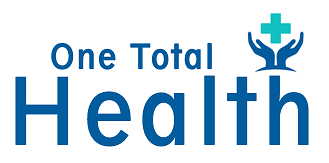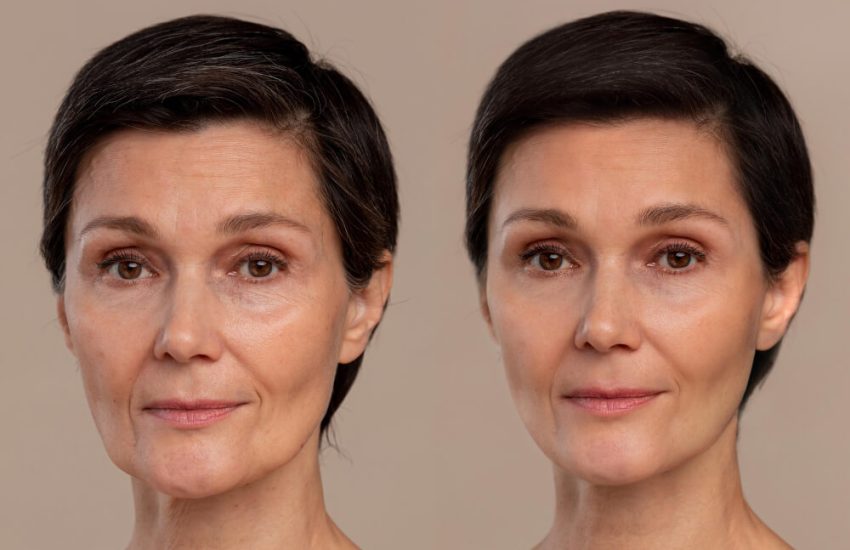The Importance of Medical Supervision in Ketamine Therapy
Ketamine therapy has shown promising results in treating mental health conditions like depression, anxiety, and PTSD, particularly for individuals who haven’t responded to traditional treatments. However, as its popularity grows, so does the conversation around how and where ketamine should be administered. For those seeking care through a trusted ketamine clinic in Maryland, one of the most critical factors for safe and effective treatment is professional medical supervision.
Here’s why medical oversight is not just recommended—but essential—for anyone undergoing ketamine therapy.
Why Supervision Matters in Ketamine Administration
Ketamine is a powerful anesthetic that affects the brain in ways different from traditional antidepressants. While it offers rapid mood enhancement and relief for many, it also requires precision in dosing and monitoring. During treatment, patients may experience dissociation, fluctuations in blood pressure, or temporary confusion, which should be monitored by medical professionals.
At a reputable clinic, patients are screened for physical and psychological readiness, vitals are closely tracked during treatment, and recovery is supervised to ensure stability before discharge.
Understanding Low Dose Protocols
A growing number of clinics utilize a low-dose ketamine treatment approach. These controlled dosages allow for therapeutic effects without producing intense dissociation or sedation. Still, even at low doses, ketamine alters perception and neurochemical activity, which is why precise administration and observation are crucial.
Medical professionals adjust dosages based on a patient’s weight, mental health history, and overall response, reducing the likelihood of adverse effects while maximizing benefits. This level of personalization is nearly impossible to replicate without clinical support.
Safety Risks of At-Home Ketamine Use
There’s a rising trend of individuals exploring at-home ketamine options, including lozenges and nasal sprays. While these may appear convenient, they lack the safeguards that come with clinical oversight. The contrast between outcomes from ketamine treatment clinical vs at-home care scenarios is significant, particularly in how adverse reactions or ineffective dosing are handled.
In a clinic, patients have immediate access to trained staff if something feels off. At home, without the same safety net, there’s a higher risk of misuse, missed warning signs, or inadequate mental health support during the integration process following treatment.
Psychological and Emotional Support
Medical supervision doesn’t stop with physical monitoring. Licensed clinics often provide access to mental health professionals who guide patients through their emotional response to ketamine. Because the treatment can surface deep-seated thoughts or memories, post-session integration and follow-up play a key role in long-term success.
This is especially important for individuals with complex mental health histories, as it ensures that ketamine therapy fits into a broader, stable treatment plan.
Conclusion
While ketamine offers immense potential for those battling treatment-resistant depression and other conditions, the environment in which it’s delivered significantly influences the results. Choosing a medically supervised setting, such as a ketamine clinic, ensures patient safety, accurate dosing, and integrated support throughout the process. With protocols like low-dose ketamine treatment and professional oversight, patients receive care that prioritizes both efficacy and well-being, something that at-home methods simply cannot guarantee.




